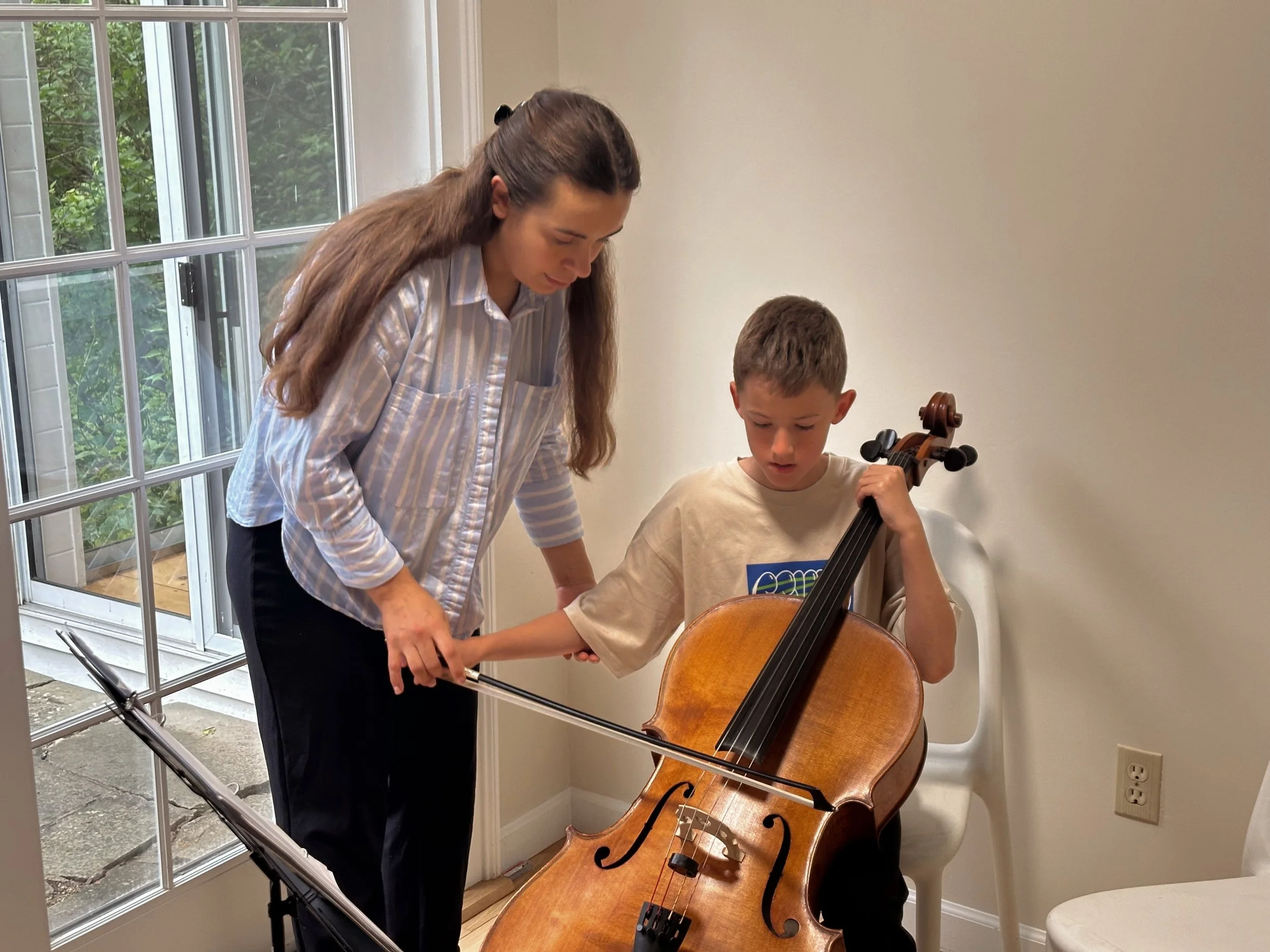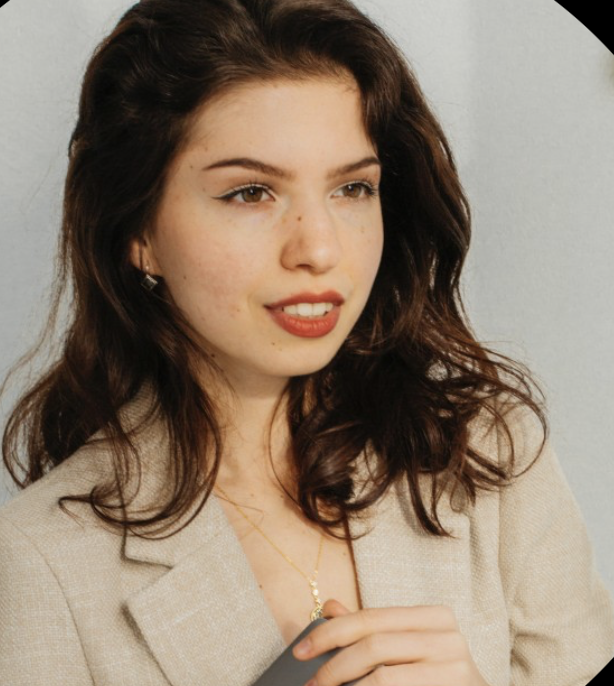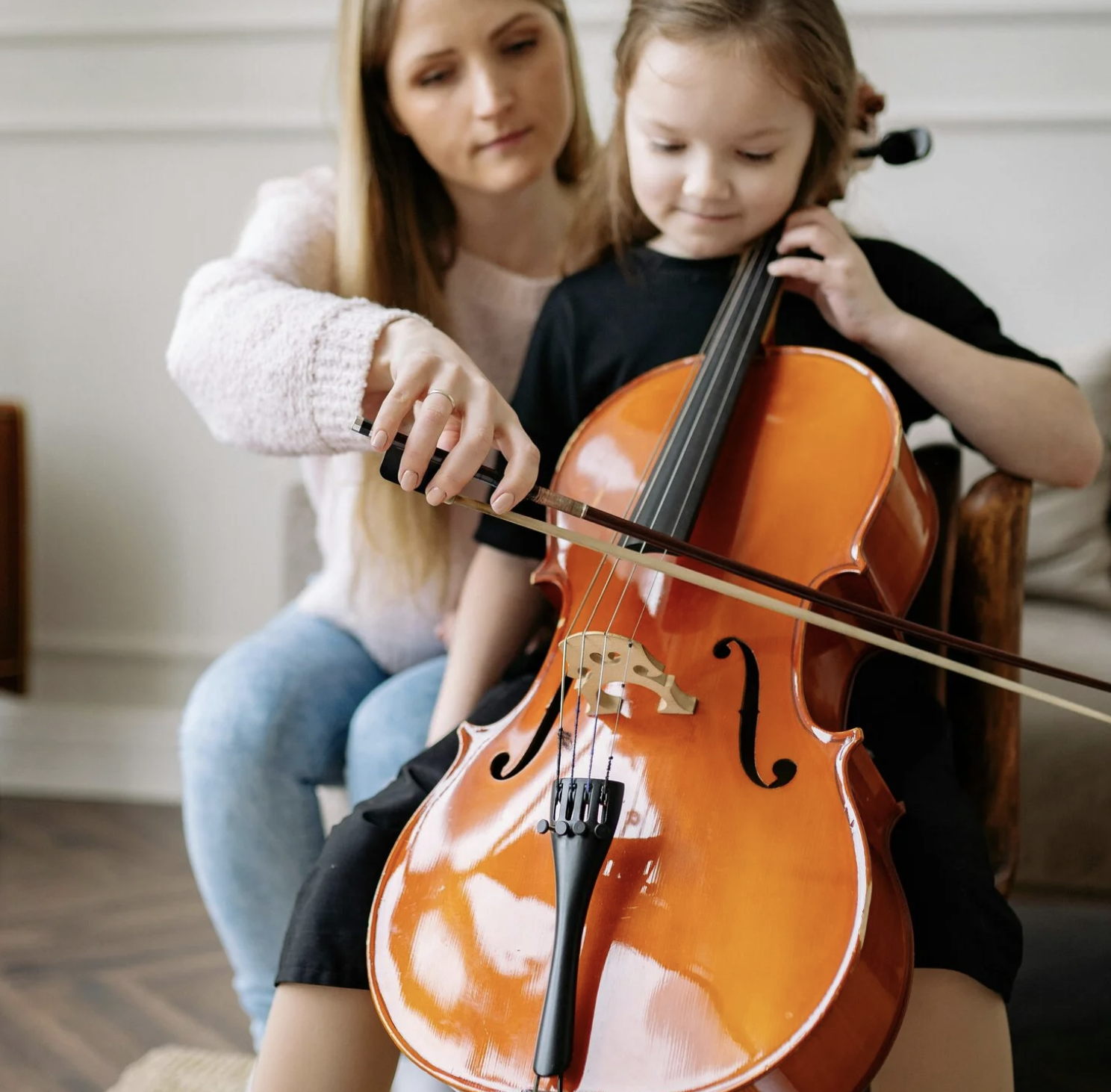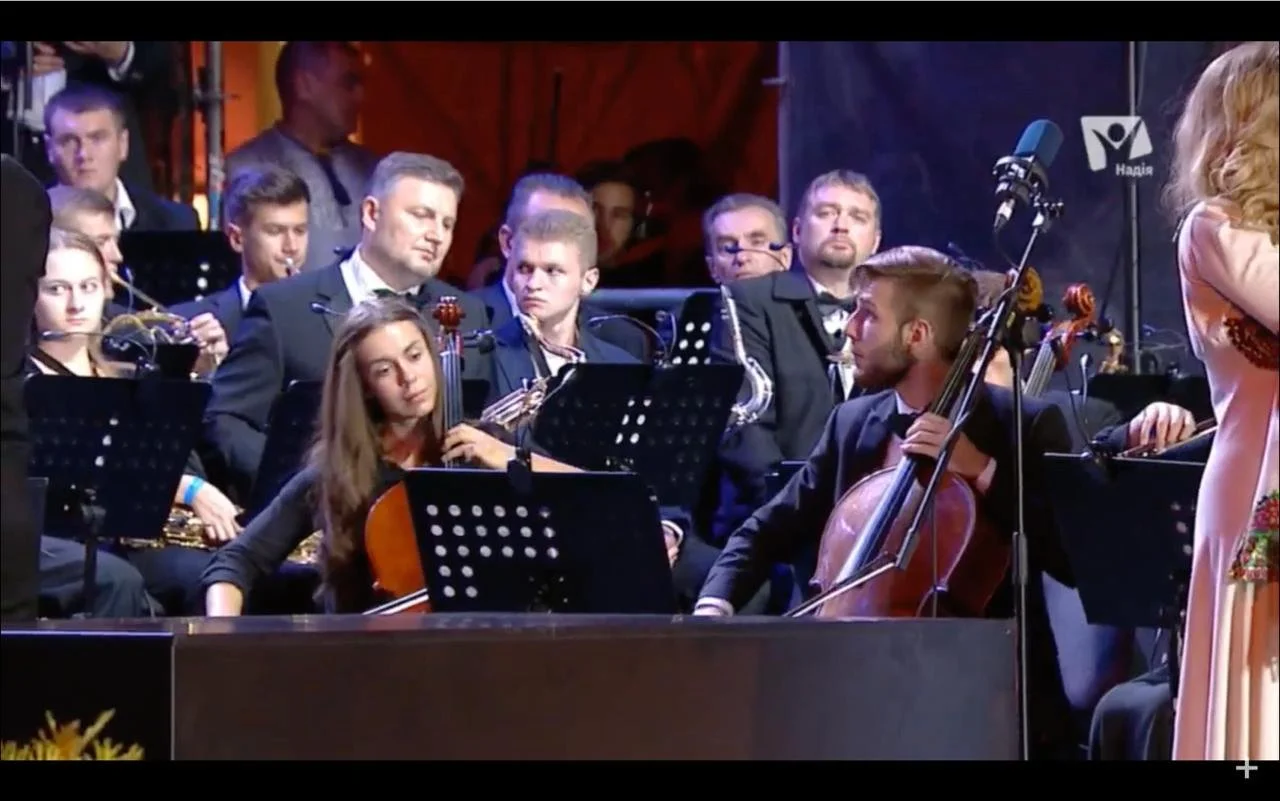AUTHOR'S NEURO MUSICAL METHOD OF TEACHING CHILDREN TO PLAY THE CELLO
Methodology for early musical development and corrective neuropsychological support through teaching how to play string instruments.
Alla Stozhok's method begins with the early immersion of children in a musical environment, usually from 3-4 years old, which coincides with the period of maximum neuroplasticity of the child's brain.
ALLE methodology is based on 5 foundations:
Multisensory learning - the child simultaneously hears, moves, sees, sings and plays, which activates both hemispheres of the brain and forms a holistic perception of music.
Individual psycho-emotional profile of the student - classes are adjusted to the temperament, level of development, behavioral characteristics and emotional state of the child.
Cognitive-motor development through music - lessons activate memory, attention, speech, coordination, hearing, rhythm and associative thinking.
Neuroplasticity through musical tasks - playing the cello or piano requires bimanual activity (different actions with both hands), which develops the corpus callosum of the brain (connection between the hemispheres) and cognitive flexibility.
Emotional expressiveness and inner freedom - the child learns not just to reproduce notes, but to express himself through music.
Her methodology is actively used in educational institutions in both Ukraine and the United States, proving especially effective in working with children with special educational needs, including those with autism, anxiety disorders, and speech impairments. Her music therapy-based program has proven to be an effective tool for socialization, anxiety reduction, and the stimulation of verbal and emotional development.
In 2025, the international community recognized her contribution by inviting Alla to serve on the jury for the ABC International Art Carnival Awards in Miami. This competition is a key platform for promoting music education and cultural entrepreneurship, where she not only evaluated participants but also contributed to strategic discussions on developing the educational industry through music.
Reviews
Her teaching methodology emphasizes empathy, self-expression, and the intrinsic value of every child—a philosophy that resonates strongly with Christian teachings on human dignity and purposeful living. By instilling confidence, discipline, and joy in her students, she not only shapes future musicians but also morally grounded and emotionally resilient individuals.
Dr. Scott Connell
Pastor of Worship at First Baptist Church in Jacksonville, Florida.
One of Alla Stozhok’s most outstanding achievements is the development and implementation of a unique, original music education methodology that holds a special place in modern pedagogical practice. Her approach combines the classical tradition of music education with the latest advancements in neuropsychology, child psychology, and cognitive development theory. Unlike traditional programs, Alla’s method focuses not only on building instrumental skills but also on fostering the development of the whole child—cultivating musical ear, emotional intelligence, self-confidence, and the ability for creative self-expression.
Violetta Fialko, professional pianist, a teacher of piano and theoretical disciplines, a laureate of international competitions, and the Grand Prix winner of the Ciccolini International Piano Competition 2021
Alla courageously restructured her methodology—adapting it to American standards, integrating Common Core, considering the multicultural context, and revising feedback and assessment forms. Yet, she preserved the essence: music as a living process in which a child grows and unfolds internally. Her classes are not just cello or piano lessons. They are dialogues, explorations, improvisations, drawings, theater, and stage. They involve deep work with attention, memory, emotions, and self-confidence.
Lidiia Mordiuk, Ukrainian-born concert violinist, concertmaster, and pedagogue
Curriculum structure
The teaching methodology is implemented in the form of 4 integrative modules, each of which is aimed at developing a specific area of the child's brain and skills
Module 1: Instrumental Learning (Cello)
Goal: Development of coordination, musicality, technical skills
Hand placement, posture, breathing
Study of works with different character
Bimanual coordination
Expression, dynamics, phrasing
Working with accompaniment and in an ensemble
Module 2: Cognitive tasks + Solfeggio
Goal: activation of thinking, hearing, memory, concentration
Learning music notation in a playful way
Working with rhythm, metrorhythmics
Recognizing intervals, repeating by ear
Associations, schemes, visual-audio exercises
Module 3: Emotional work through music
Goal: development of inner speech, emotions, stage expressiveness
Melodic improvisation
Listening to music according to mood
Experiencing roles in plays
Expressive performance
Module 4: Creative Performances and Stage Practice
Goal: building confidence, independence, communication
Preparation for holidays, concerts, festivals
Working in duets and groups
Presenting your own melodies
Participating in video shoots, stage productions
What result does the child get?
The methodology has been presented at scientific conferences and has received high praise from experts.
It is based on:
neuroplasticity research
principles of symmetrical-asymmetrical motor skills;
combining cognitive and motor exercises with music;
multisensory approach in teaching preschool and primary school children.







